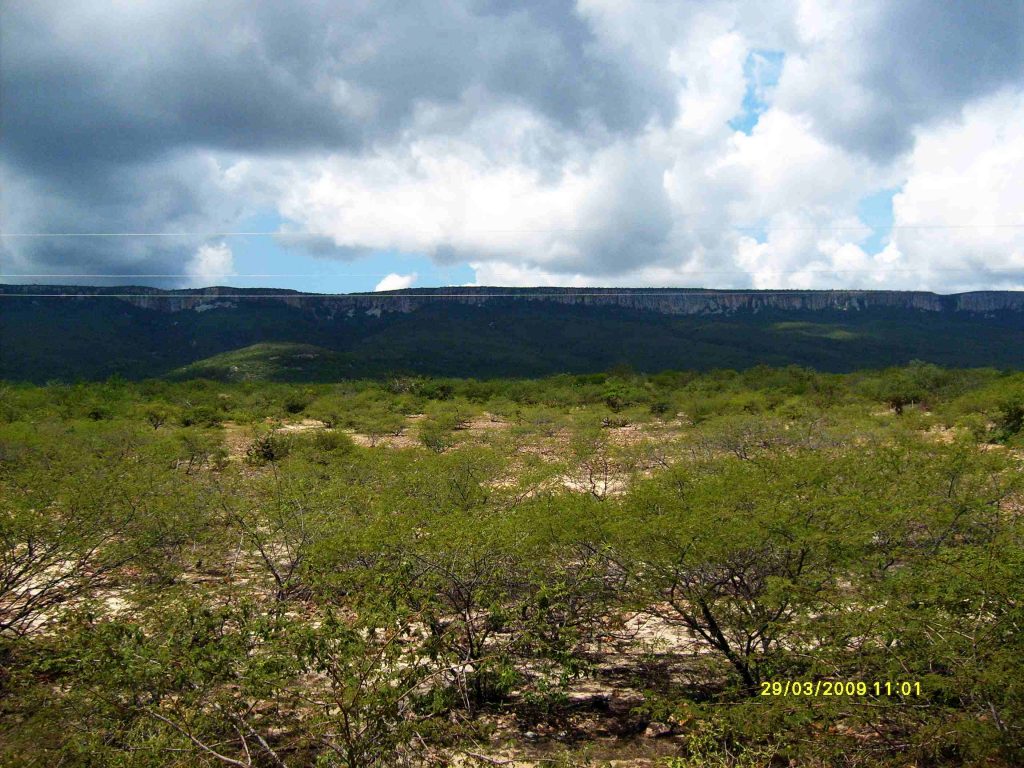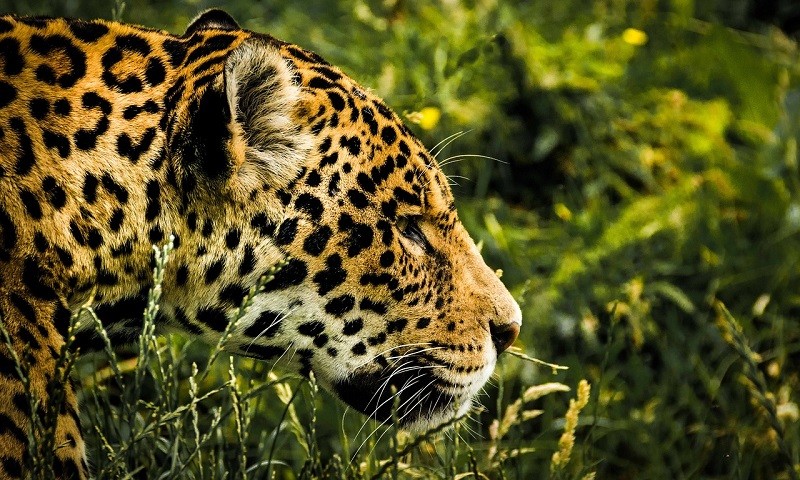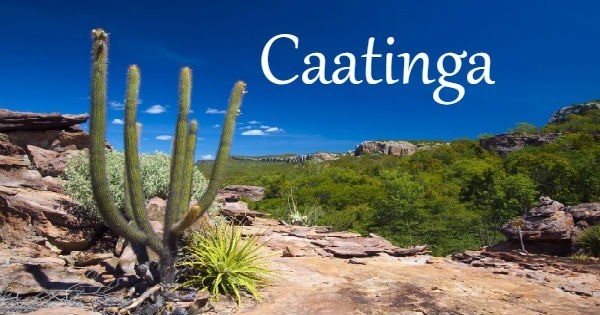Boqueirão da Onça: A refuge for animals in the northeastern interior
Boqueirão da Onça is a place of unique importance in the Brazilian environmental scene, especially in the context of the Caatinga, a biome that is the only one exclusively Brazilian. This article examines the characteristics of this biome, the creation of the Boqueirão da Onça National Park, its natural wealth and the importance of preserving it.

The Caatinga and its importance
The Caatinga covers about 850,000 square kilometres, or about 10% of the national territory. This biome is found in ten states, mainly in the north-east: Maranhão, Piauí, Ceará, Rio Grande do Norte, Paraíba, Pernambuco, Alagoas, Sergipe, Bahia and part of Minas Gerais. Despite its vast extent, the Caatinga is Brazil’s most fragile and least known biome, with only 20 per cent of its original cover remaining due to unsustainable use of its natural resources.
Characteristics of Caatinga vegetation
- The Caatinga is characterised by xerophytic vegetation, adapted to the arid conditions of the northeastern semi-arid region.
- Around 1,000 plant species have already been recorded, but experts believe this number could be doubled.
- Many species shed their leaves during the dry season to reduce water loss.
- Trees are generally small and have deep roots, allowing them to search for water at greater depths.
Main plant species
- Palm tree
- Xiquexique
- Aroeira
- Umbuzeiro
- Caroá
- Juazeiro
- Mandacaru
- Cactus

Creation of the Boqueirão da Onça National Park

On 6 April 2018, a decree was published in the Federal Official Gazette establishing the Boqueirão da Onça National Park as an integral conservation unit, covering 349,000 hectares.
An Environmental Protection Area (APA) of 505,000 hectares was also created, bringing the total protected area to 854,000 hectares.
Location
The new protected areas are located in the municipalities of Sento Sé, Campo Formoso, Sobradinho, Juazeiro and Umburanas, in the semi-arid region of Bahia.
Biodiversity of the Boqueirão da Onça National Park
The park is home to a rich biodiversity, including around 900 plant species and hundreds of animal species, such as
- Ball-billed turtles
- Hyacinth Macaw
- Black Cat
- Bush Cat
It is estimated that there are around 30 jaguars and around 200 pumas in the region.
Importance of conservation
According to Rogério Cunha de Paula of the National Centre for the Conservation of Carnivorous Mammals (Cenap), the Caatinga has less than 2% of its territory protected by protected areas. Although the creation of the new areas is a positive step, environmentalists say it is still not enough. The area originally proposed for protection was larger, but the approved project has reduced it to a third of its original size.
A refuge for flora and fauna
Boqueirão da Onça is a true refuge, with an isolated area of 800,000 hectares of native forest.
With only one inhabitant per thousand square kilometres, the region is ideal for the protection of various species of flora and fauna. The local communities, although rustic, survive on the exploitation of amethyst found in artisanal mines.
Ecosystems and water resources
The region is characterised by the presence of springs, such as the Rio dos Prazeres Spring, which, although not perennial, overflows during the rainy season and contributes to the São Francisco River. Even during droughts, the spring never runs dry, providing a vital water source for the region’s fauna.
Publicações Relacionadas
Sea turtle species found in Brazil
Tropical flowers are grown on a large scale in northeastern Brazil
Environmental Wealth of Maranhão: A Tropical Paradise
Orchid grower collects more than 300 species in Recife
Candombá is a typical flower of the Chapada Diamantina
Spinner Dolphins in Fernando de Noronha: A Guide
Orchids: Tips and Techniques for Efficient Cultivation and Care
Marechal Newton Cavalcanti Educational Centre Overview
Orchids of the Chapada Diamantina in Bahia
This post is also on:
Português
English
Deutsch
Español
Français




















